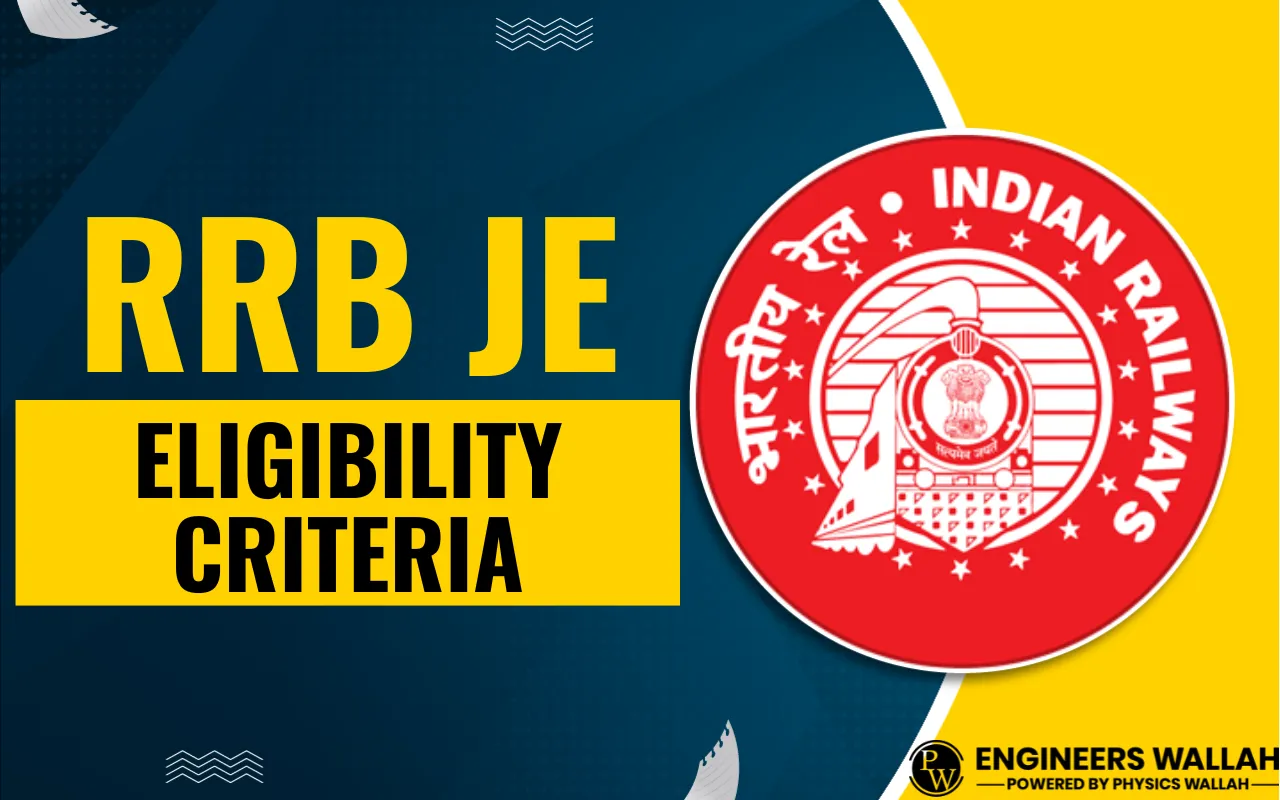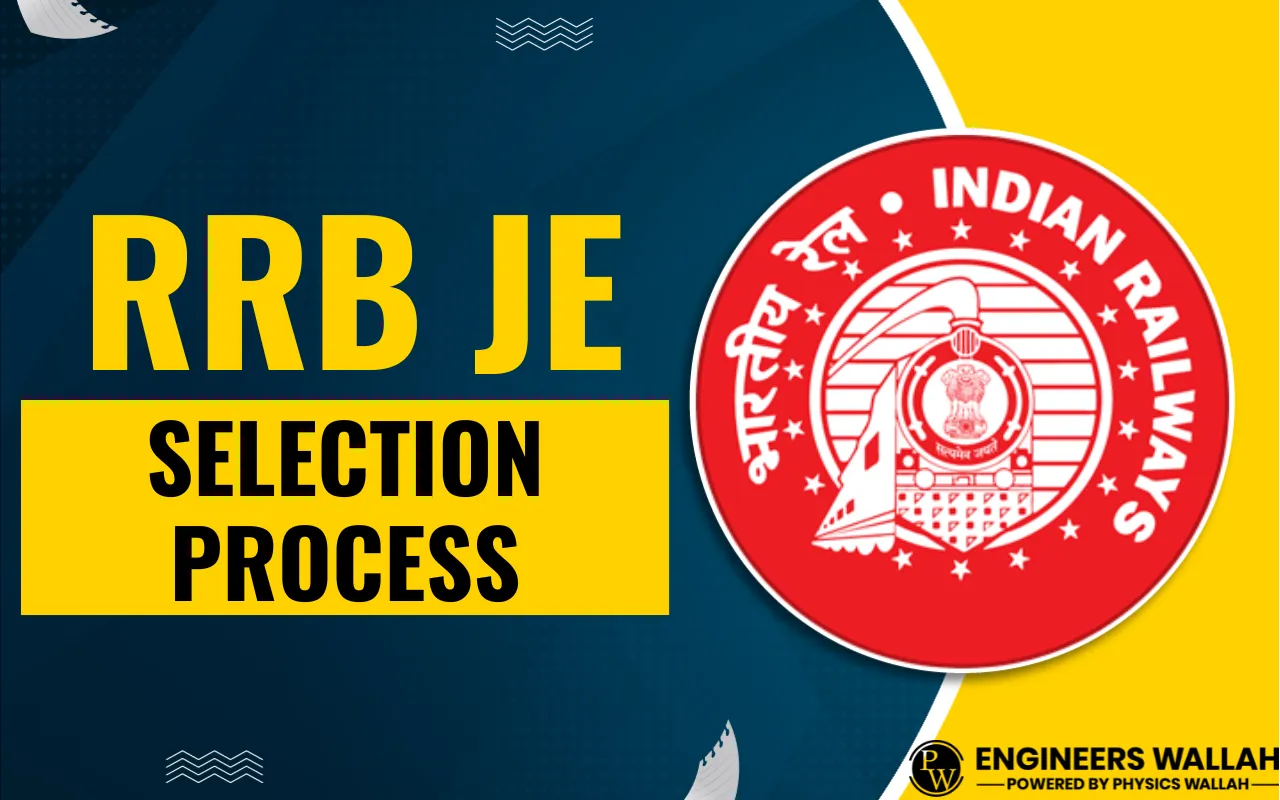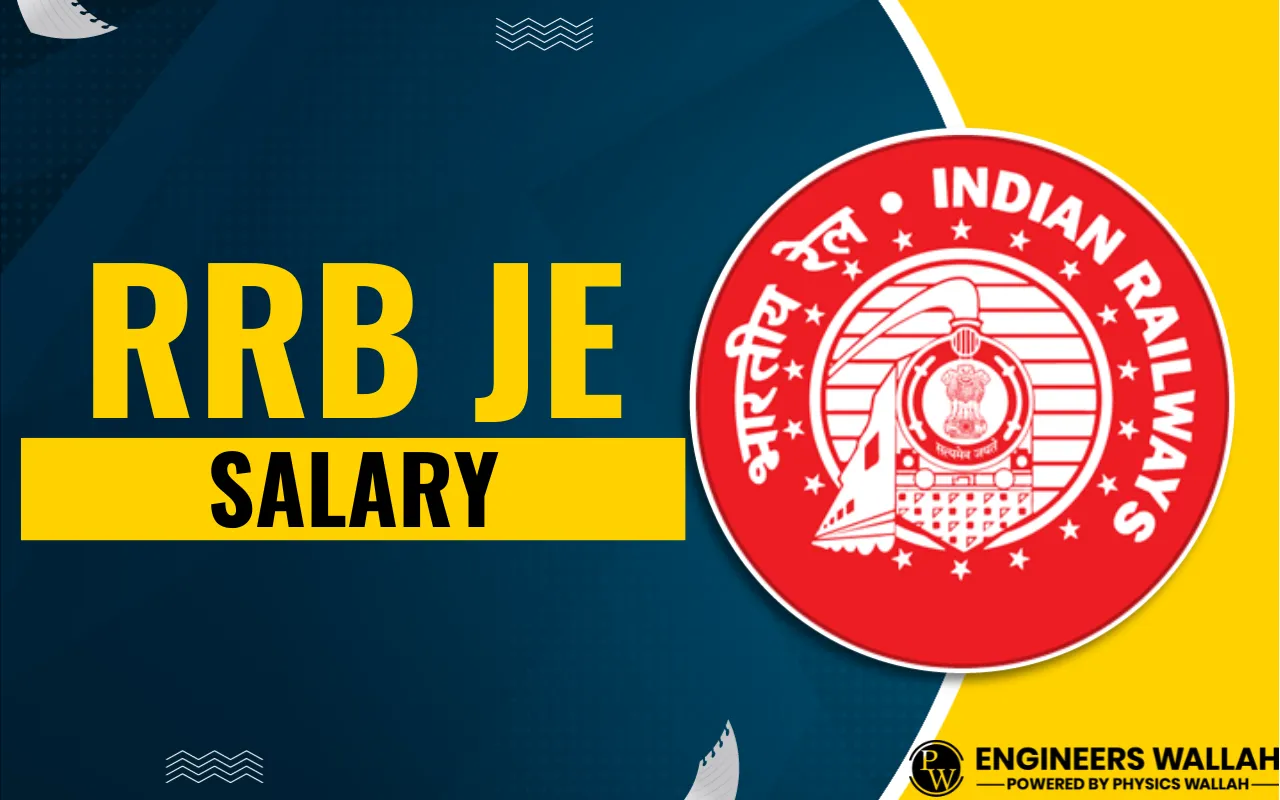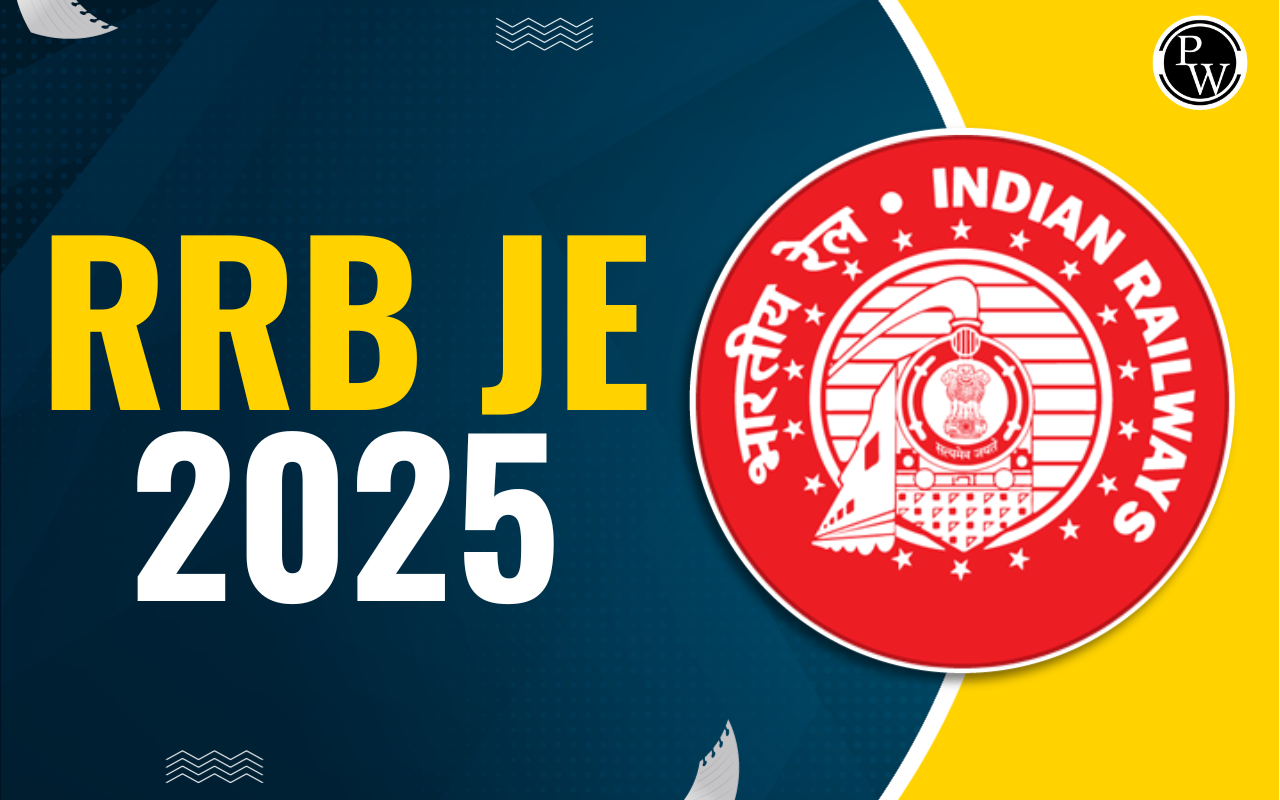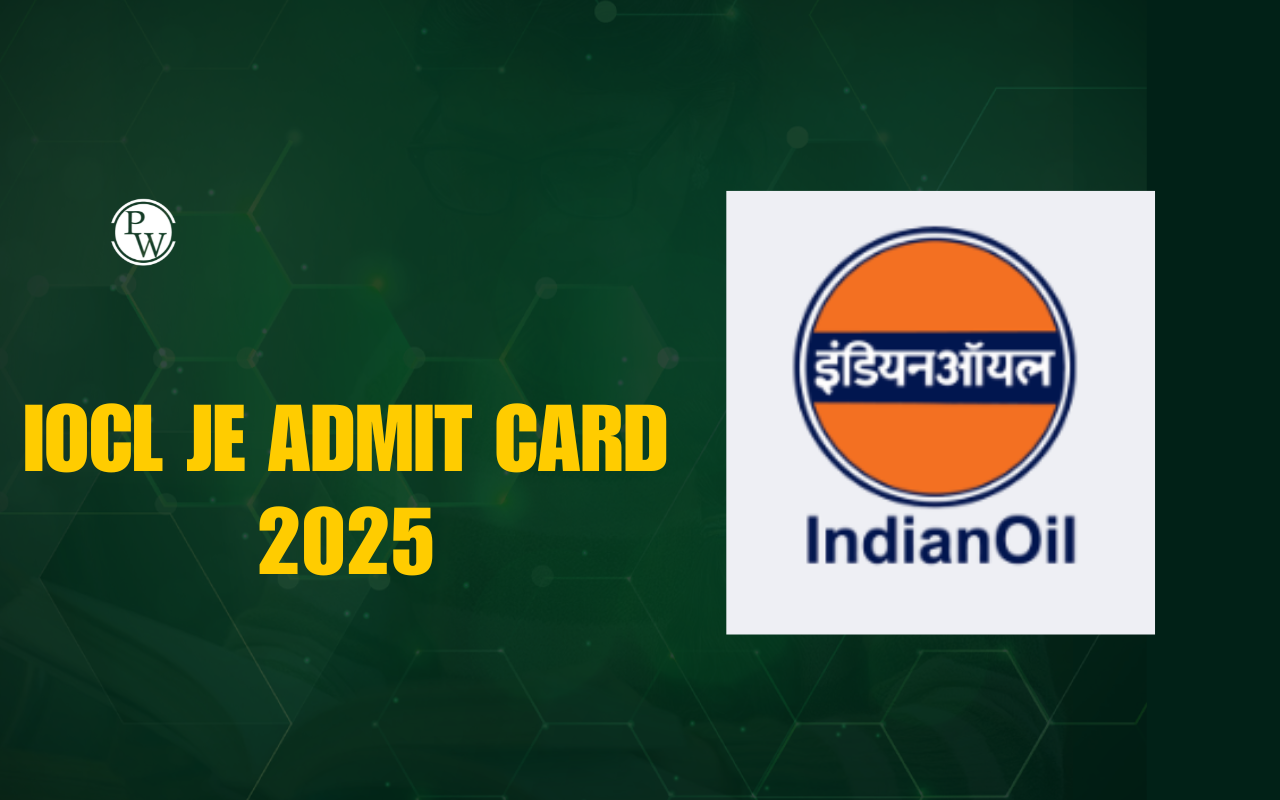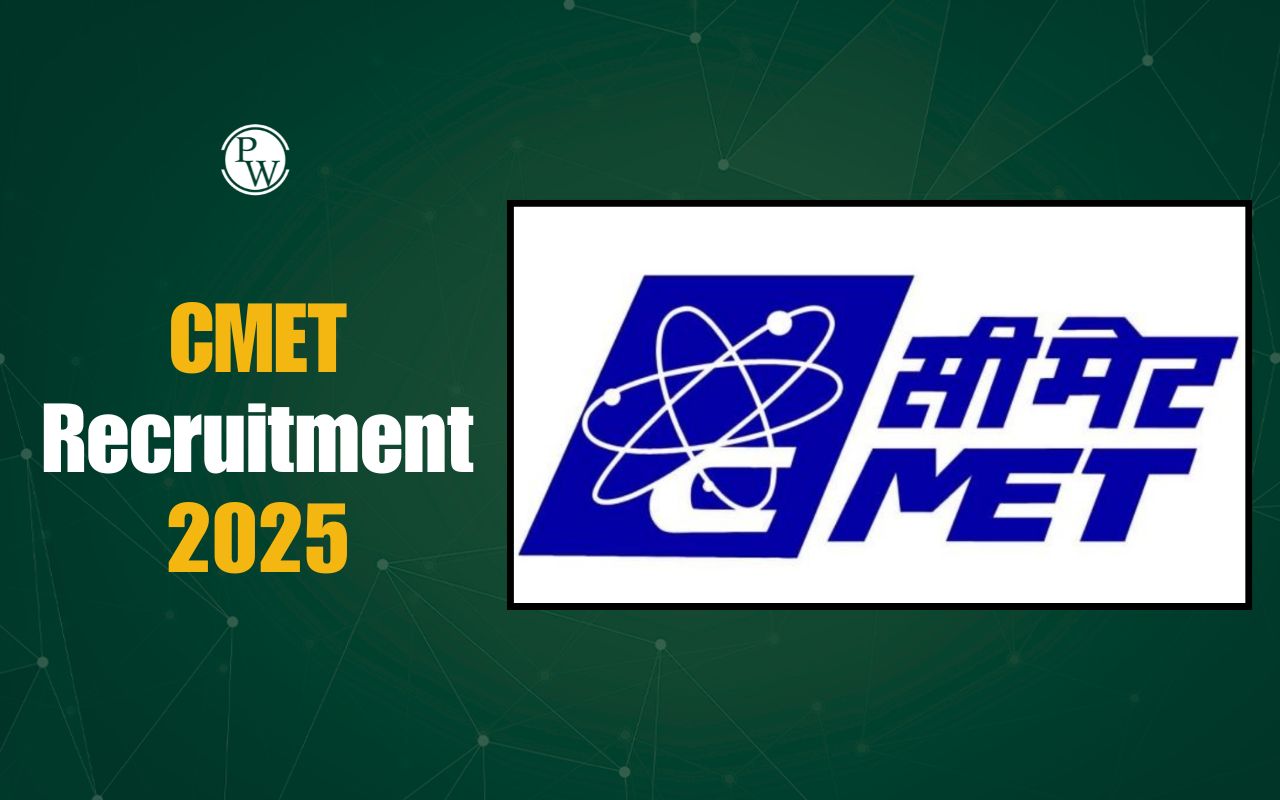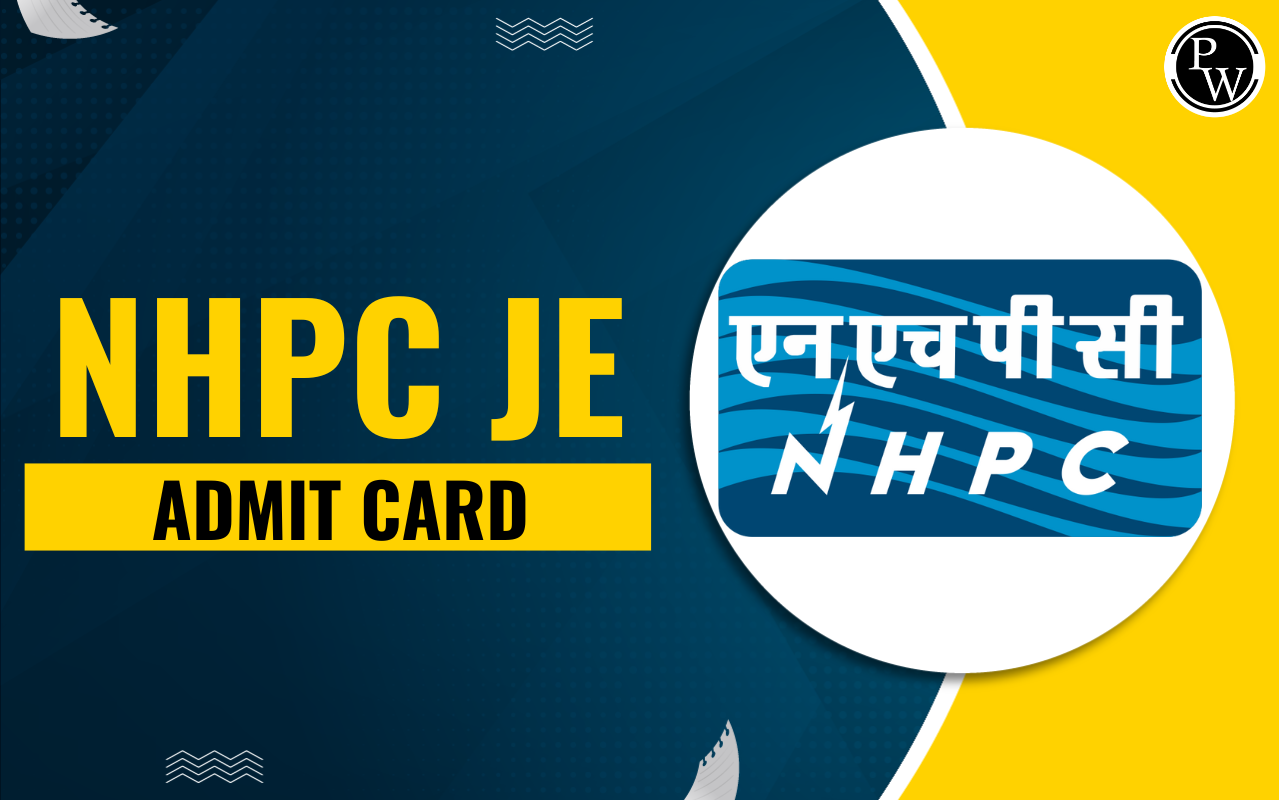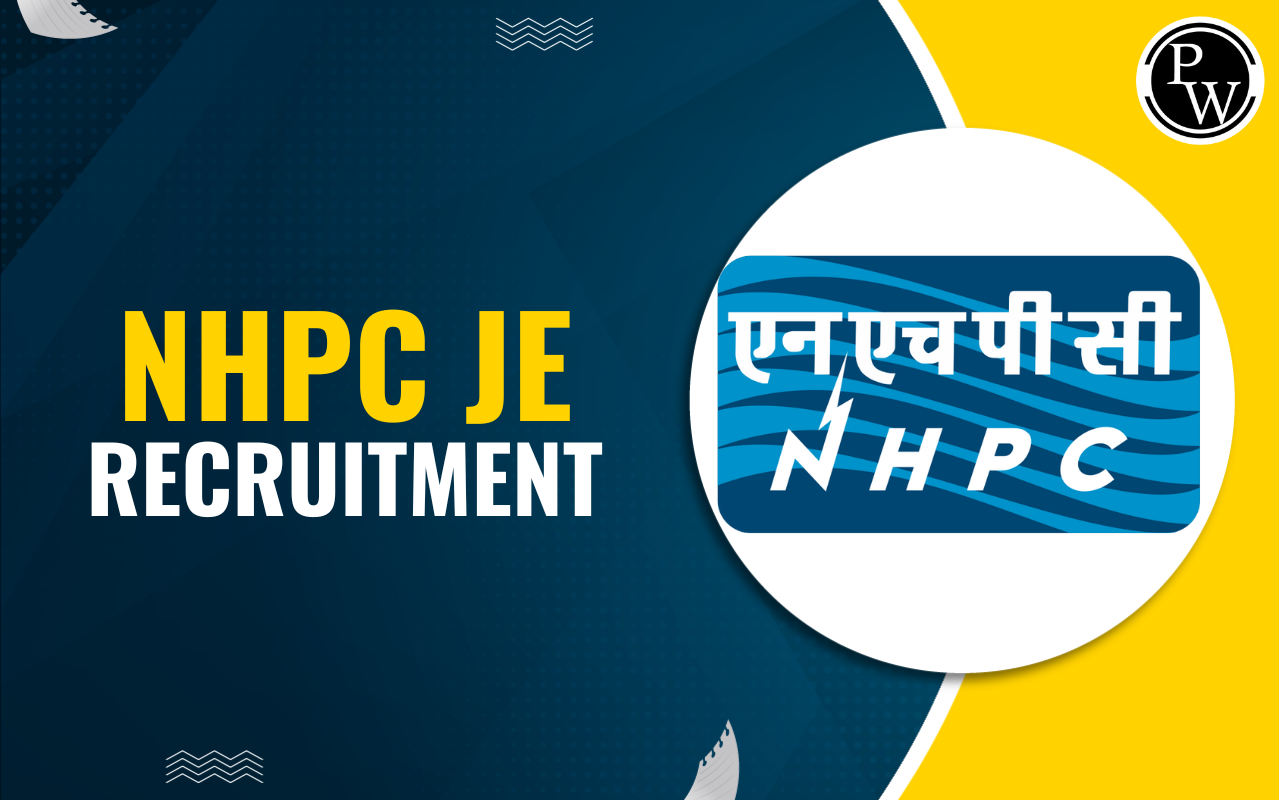

APPSC AE Syllabus 2025: The Arunachal Pradesh Public Service Commission has announced the official syllabus for the Arunachal Engineering Service Examination 2025.
The Commission has released the latest APPSC AE Recruitment 2025 for 166 Assistant Engineer positions in various departments. Candidates aiming to ace this exam must review the syllabus to streamline effective preparation.
The APPSC AE exam comprises the Recruitment Test, Written Test (Mains), and Viva Voce. Candidates must qualify for all these phases to be appointed as Assistant Engineers in participating departments. We have outlined the comprehensive topic-wise syllabus for both stages here.
APPSC Assistant Engineer Syllabus 2025
The APPSC Assistant Engineer Exam 2025 will be conducted by the Arunachal Pradesh Public Service Commission to fill 166 positions in various departments.
The exam will assess the technical knowledge of aspirants in core specialization and general studies. Candidates must have a thorough understanding of the syllabus to know the key focus areas, the significance of topics, and their coverage.
The APPSC AE Syllabus covers a range of subjects, including General Studies and Technical Paper (for RT) and General Awareness with Technical Papers (Paper 1 and Paper 2) for the Mains stage. Mastering the syllabus requires a structured approach, an effective study plan, and focused learning.
APPSC AE Syllabus & Exam Pattern 2025
The APPSC AE Exam 2025 aims to fill up 166 Assistant Engineer vacancies across Civil, Electrical, and other streams within various state government departments. Candidates can find a quick overview of the syllabus and exam pattern for APPSC AE 2025, given below:
| APPSC AE Syllabus & Exam Pattern 2025 Overview | |
| Exam Name | Arunachal Engineering Service Examination 2025 |
| Conducting Authority | Arunachal Pradesh Public Service Commission |
| Post Name | Assistant Engineer |
| Total Posts | 166 |
| Exam Mode | Offline |
| Stages |
|
APPSC AE Syllabus 2025 PDF
The Arunachal Pradesh Public Service Commission has uploaded the APPSC AE Syllabus 2025 PDF on its official website, appsc.gov.in. The syllabus PDF is a crucial document that features an array of topics from which the questions will arise in the exam. A direct link to download the official syllabus in PDF format is provided here.
APPSC AE Exam Pattern 2025
Candidates aspiring to prepare for the APPSC Assistant Engineer Exam 2025 must be familiar with the exam pattern to get insights into the number of questions, the names of sections, and marking scheme. You can check out a detailed exam pattern for the Recruitment Test and the Mains Examination below:
APPSC AE Recruitment Test Exam Pattern 2025
The Recruitment Test will be conducted for screening desirable candidates for the next phase. The RT Test will have Paper A (General Awareness & Logical Reasoning) and Paper B (Technical Paper), each worth 100 and 200 marks respectively.
| APPSC AE RT Exam Pattern 2025 | |
| Subject | Marks |
| Paper A - General Awareness & Logical Reasoning | 100 |
| Paper B - Technical Paper | 200 |
| Total | 300 |
APPSC AE Syllabus for RT
The APPSC AE Syllabus for Recruitment Test includes General Awareness, Logical Reasoning, and Technical Paper covers extensive topics as outlined below:
- General Awareness: Questions in this section aim to test the candidate's general awareness of the surrounding environment and its implications to society, as expected from an educated person, and don't require any specialized study. The questions will cover current affairs, science and technology, national and international news and events, especially for North-East India.
- Logical Reasoning: This section would include questions of verbal & non-verbal type reasoning, analytical reasoning. analogies, coding-decoding, syllogism, logical reasoning. analytical ability, decision making, problem solving, general mental ability, and fundamental numeracy.
- Technical Paper: The syllabus for the technical paper would include topics from the core subjects of a specific discipline.
APPSC AE Syllabus for Mains Exam
The main examination comprises General Studies (Objective Based) and two Technical Papers (Descriptive), covering a weight of 500 marks. Get a detailed exam pattern tabulated below for the mains test:
| APPSC AE Mains Exam Pattern 2025 | |
| Subjects | Marks |
| General Paper (General English, General Studies & General Aptitude) - Objective | 150 |
| Technical Paper I (Descriptive) | 150 |
| Technical Paper II (Descriptive) | 150 |
| Viva Voce/Interview | 50 |
| Total Marks | 500 |
APPSC AE Syllabus for Civil Engineering
The APPSC AE Syllabus for Civil Engineering covers various core subjects such as Surveying, Structural Engineering, Geotechnical Engineering, Water Resources Engineering, Transportation Engineering, Environmental Engineering, and Construction Management to test candidates' in-depth knowledge. The subject-wise breakdown of the syllabus is tabulated below:
| APPSC AE Civil Engineering Syllabus | |
| Subject | Topics |
| Paper I | |
| Surveying | Geomatics Engineering: Principles of Surveying, Errors and their adjustment, Maps - Scale, Coordinate System, Distance and Angle Measurement, Traversing and Triangulation Survey, Total Station, Horizontal and Vertical Curves, Basics of Photogrammetry and Remote Sensing, Uses of Drones. |
| Structural Engineering | Engineering Mechanics: System of Forces, Free Body Diagrams, Equilibrium Equations, Internal Forces in Structures, Frictions and its applications; Centre of mass. |
| Solid Mechanics: Bending moment and shear force in statically determinate beams; Simple stress and strain relationships; Simple bending theory, flexural and shear stresses, shear centre; Uniform torsion; Buckling of column; Combined and direct bending stresses. | |
| Structural Analysis: Bending moment and shear force in statically determinate beams; Simple stress and strain relationships; Simple bending theory, flexural and shear stresses, shear centre; Uniform torsion; Buckling of column; Combined and direct bending stresses. | |
| Concrete Structures: Limit state design concepts; Design of beams, slabs, columns; Bond and development length; Water tanks; Prestressed concrete beams. | |
| Steel Structures: Limit state design concepts; Design of tension and compression members, beams and beam-columns, column bases; Connections - simple and eccentric, beam-column connections, plate girders and trusses; Concept of plastic analysis - beams and frames; Steel tanks. | |
| Geotechnical Engineering | Soil Mechanics: Three-phase system and phase relationships, index properties; Unified and Indian standard soil classification system; Permeability - one dimensional flow, Seepage through soils, flow nets, uplift pressure, piping, capillarity, seepage force; Principle of effective stress and quicksand condition; Compaction of soils; Onedimensional consolidation, time rate of consolidation; Shear Strength, Mohr's circle, effective and total shear strength parameters. |
| Foundation Engineering: Sub-surface investigations; Earth pressure theories; Stability of slopes; Stress distribution in soils; Shallow and deep foundations. | |
| Water Resources Engineering | Fluid Mechanics: Basic properties of fluids, fluid statics; Continuity, momentum and energy equations and their applications; Laminar and turbulent flow; Flow in pipes, pipe networks; Concept of boundary layer and its growth; Concept of lift and drag. |
| Hydraulics: Flow measurement in channels and pipes; Dimensional analysis; Open channel hydraulics - Energy-depth relationships, specific energy, critical flow, hydraulic jump, uniform flow, gradually varied flow and water surface profiles. | |
| Hydrology: Hydrologic cycle; evapo-transpiration, watershed, infiltration, unit hydrographs, hydrograph analysis, reservoir capacity, flood estimation and routing, ground water hydrology - steady state well hydraulics and aquifers. | |
| Irrigation: Types of irrigation systems and methods; Crop water requirements - Duty, delta, evapo-transpiration; Gravity dams and Spillways; Lined and unlined canals, Design of weirs on permeable foundation; Cross drainage structures. | |
| Paper II | |
| Transportation Engineering | Highways: Geometric design of highways - alignments, cross-sectional elements; Specifications of hilly roads; Materials - desirable properties as per IRC and tests: Desirable properties of bituminous paving mixes; Design factors for flexible and rigid pavements; Design of flexible and rigid pavement (PQC) using IRC codes; Durability aspects of pavements; New machinery and technology adopted in highway construction and maintenance; Basics for preparation of DPRs. |
| Traffic Engineering: Traffic studies on flow and speed, peak hour factor, accident study, statistical analysis of traffic data; Traffic signs; Signal design; Types of intersections; Highway capacity. | |
| Bridges: Site selection; Economic spans, bridge components; Types of bridges and selection of suitable type, IRC specifications and standard loading; Types of bridge foundations; Pier, pier caps, abutments; Approaches and bearing; Basics of T-beams with diaphragm, culverts, box girder bridges, cable-stayed and suspension bridges; Construction procedures of foundation and super structures. | |
| Environmental Engineering | Water and Wastewater Quality and Treatment: Sources of water; Basics of water quality standards - Physical, chemical and biological parameters; Water requirement; Water quality index; Drinking water standards, Unit processes and operations of water treatment; Water distribution system; Sewerage system design, quantity of domestic wastewater, Primary and secondary treatment; Effluent discharge standards; Sludge disposal; Reuse of treated sewage for different applications. |
| Air Pollution: Types of pollutants, their sources and impacts, air pollution control, air quality standards, Air Quality Index and limits, Effects of air pollution on human health. | |
| Municipal Solid Wastes: Characteristics, generation, collection, and transportation of solid wastes, engineered systems for solid waste management (reuse/ recycle, energy recovery, treatment and disposal). | |
| Construction Materials and Management | Construction Materials: Structural Steel - Composition, material properties and behaviors; Concrete - Constituents, mix design, quality control, short-term and long-term properties. Construction Management: Types of construction projects; Project planning and network analysis - PERT and CPM; Cost estimation. |
APPSC AE Syllabus for Electrical Engineering
The APPSC AE Syllabus for Electrical Engineering consists of Paper I and Paper II, covering various core subjects. The table below lists the topic-wise breakdown of the syllabus:
| APPSC AE Electrical Engineering Syllabus | |
| Subject | Topics |
| Paper I | |
| Electric Circuits | Network Elements: Ideal voltage and current sources, dependent sources, R, L, C, M elements; Network solution methods: KCL, KVL, Node and Mesh analysis; Network Theorems: Thevenin Theorem, Norton theorem, Superposition and Maximum Power Transfer theorem; Transient response of DC and AC networks, sinusoidal steady-state analysis, resonance, balanced three-phase circuits, star-delta transformation, complex power, and power factor in AC circuits. |
| Electromagnetic Fields | Coulomb's Law, Electric Field Intensity, Electric Flux Density, Gauss's Law, Divergence, Electric field and potential due to point, line, plane and spherical charge distributions, Effect of dielectric medium, Capacitance of simple configurations, Biot-Savart's law, Ampere's law, Curl, Faraday's law, Lorentz force, Inductance, Magneto motive force, Reluctance, Magnetic circuits, Self and Mutual inductance of simple configurations. |
| Electrical Machine-I | Magnetic circuits, Single phase transformer: equivalent circuit, phasor diagram, open circuit and short circuit tests, regulation and efficiency; Three-phase transformers: connections, vector groups, parallel operation; Auto-transformer, Electromechanical energy conversion principles; DC machines: separately excited, series and shunt, motoring and generating mode of operation and their characteristics, speed control of dc motors. |
| Power Systems-I | Overview of different conventional generation systems. Renewable power generation systems, Hybrid power generation systems. Economic analysis of renewable and hybrid generation systems; Cogeneration systems. AC and DC transmission and distribution systems. Different types of conductors, Mechanical designs of overhead lines, including sag. Line insulators. Underground cables. Complex power, PU systems. Line parameter: resistance, capacitance, and inductance of shot medium and long lines, Skin effect, corona effects, performance of short, medium and long transmission lines. Efficiency and Voltage regulation of shot, medium and long transmission line. Introduction to Load flow analysis, Generation and absorption of reactive power in the transmission systems. Line compensation, Economic operation of power systems. Unit power commitment. |
| Electrical and Electronic Measurements | Indicating instrument, deflecting torque, controlling, torque, damping torque, PMMC instruments, dynamometer type instruments, Moving Iron instrument, wattmeter, energy meter, Megger, measurement of power and energy, Bridges and Potentiometers, Measurement of voltage, current, power, energy and power factor; Instrument transformers, Digital voltmeters and multi-meters, Phase, Time and Frequency measurement; Oscilloscopes, Error analysis |
| Paper II | |
| Signals and Systems | Representation of continuous and discrete time signals, shifting and scaling properties, linear time invariant and causal systems, Fourier series representation of continuous and discrete time periodic signals, sampling theorem, Applications of the Fourier Transform for continuous and discrete time signals, Laplace Transform and Z transform. R.M.S. value, average value calculation for any general periodic waveform. |
| Electrical Machine-II | Three-phase induction machines: principle of operation, types, performance, torque-speed characteristics, no-load and blocked-rotor tests, equivalent circuit, starting and speed control; Operating principle of single-phase induction motors; Synchronous machines: cylindrical and salient pole machines, performance and characteristics, regulation and parallel operation of generators, starting of synchronous motors; Types of losses and efficiency calculations of electric machines. |
| Power Systems-II | Models and Economic Load Dispatch (with and without considering transmission losses), Series and shunt compensation, Electric field distribution and insulators, Distribution systems, Per-unit quantities, Bus admittance matrix, Gauss- Seidel and Newton-Raphson load flow methods, Voltage and Frequency control, Power factor correction, Symmetrical components, Symmetrical and unsymmetrical fault analysis, Principles of over- current, differential, directional and distance protection; Circuit breakers, System stability concepts, Equal area criterion. |
| Control Systems Engineering | Mathematical modelling and representation of systems, Feedback principle, transfer function, Block diagrams and Signal flow graphs, Transient and Steady-state analysis of linear time invariant systems, Stability analysis using Routh-Hurwitz and Nyquist criteria, Bode plots, Root loci, Lag, Lead and Lead-Lag compensators; P, PI and PID controllers; State space model, Solution of state equations of LTI systems. |
| Analog and Digital Electronics | Simple diode circuits: clipping, clamping, rectifiers; Amplifiers: biasing, equivalent circuit and frequency response; oscillators and feedback amplifiers; operational amplifiers: characteristics and applications; single stage active filters, Active Filters: Sallen Key, Butterwoth, VCOs and timers, combinatorial and sequential logic circuits, multiplexers, demultiplexers, Schmitt triggers, sample and hold circuits, A/D and D/A converters. |
| Power Electronics | Diodes, Zener diode, Diac, traic, BJT, Static V-I characteristics and firing/gating circuits for Thyristor, MOSFET, IGBT; DC to DC conversion: Buck, Boost and Buck-Boost Converters; Single and three-phase configuration of uncontrolled rectifiers; Voltage and Current commutated Thyristor-based converters; Bidirectional AC to DC voltage source converters; Magnitude and Phase of line current harmonics for uncontrolled and thyristor-based converters; Power factor and Distortion Factor of AC to DC converters; Single-phase and three-phase voltage and current source inverters, sinusoidal pulse width modulation, AC voltage controller. |
Explore PW AE JE Online Courses to prepare effectively for the SSC JE, RRB JE, and other upcoming AE/JE examinations. Avail the structured study material with mock tests, e-books, etc., to gear up your exam preparation.
APPSC AE Syllabus 2025 FAQs
Q. How many papers are there in the APPSC AE Exam 2025?
Q. Where can I find the APPSC AE Syllabus 2025?
Q. Is there an Interview for APPSC AE 2025?
Q. How many vacancies are available for APPSC AE 2025?


